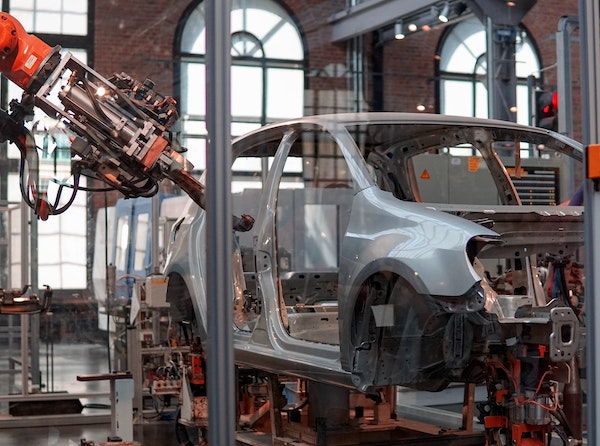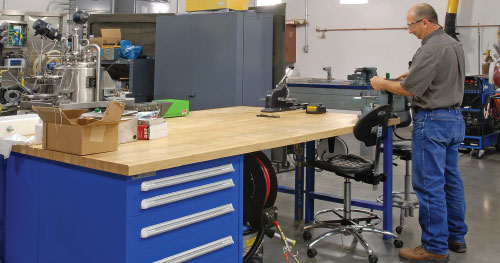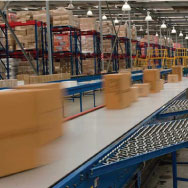OSHA Warehouse Safety
In today’s society, your warehouse safety plan is crucial to the survival of your business. Hazards are everywhere, and your safety plan keeps your employees safe from these dangers. It also keeps your company protected should something happen. You need to be proactive and make safety a high priority.
Companies are struggling to keep up with warehousing giants, and safety processes are changing frequently. Injury and fatality statistics are on the rise in the industry. The Occupational Safety and Health Administration (OSHA)‘s changing requirements can be hard to keep up with, and sometimes, companies are delayed in implementing them. But you are in danger of lawsuits, fines, and losing your good employees if you don’t have a solid safety plan in place.
Warehouse safety topics
Improving warehouse safety requires commitment by everyone working in the warehouse, not just the safety team. Your entire staff must consistently work toward keeping your warehouse safe. Employees must be trained, and the required certifications must be kept up to date, but it’s more than that. Having relevant meetings regularly can help bring awareness to the safety rules in your warehouse. Some topics for your next safety meeting can include:
- Forklift safety
- Working at heights in the warehouse or with a lift safely
- Complying with PPE policies
- Handling and storage of hazardous materials
- Falling objects
- Electrical hazards
At these meetings, always take a minute to review any new OSHA warehouse regulations that pertain to your industry.
Today’s warehouse safety challenges
Every warehouse has challenges that are unique to its personnel and industry, but there are a few that plague every warehouse. These challenges can hinder productivity and cause your employees to feel unsafe in the workplace.
- PPE – Personal protective equipment is key for the safety of your employees. Some companies fail to provide the proper equipment, and some do not enforce wearing it. Hardhats, gloves, safety vests, and proper footwear can be a lifesaver for your employees.
- Clean the job site – A clean warehouse is usually a safe warehouse. There is less of a risk of slips and falls in a clean workspace. Dispose of debris and encourage workers to clean up after themselves. While most people dislike cleaning up, remind employees that it is part of the job.
- Hazardous materials – Flammable liquids, acids, and other hazardous materials must be handled with care. These can cause serious physical harm and disfigurement from improper handling.
- Training – Take the time to train your employees and make them feel safe. Training can give them the confidence they need to take care when they work. It may take time away from productivity, but your company can be more efficient if no one is injured on the job.
Training employees for warehouse safety
As mentioned above, training employees in today’s warehouse is a big challenge. There is a push to get everything done faster and with fewer employees, but this is not always in the interest of safety. OSHA warehouse safety regulations require a certain amount of training for your employees based on your industry.
Keeping PPE available for your employees is a must. While the required gear changes based on your industry, some of the key pieces are:
- Gloves
- Safety Vests
- Harnesses
- Proper footwear
- Hard hats or other headwear
- Earplugs
- Eye protection
Warehouse safety is a big issue, and it is not one easily solved. With so many injuries happening each year, it is crucial to create and maintain a safety policy that will keep your employees free from harm. No one wants to go to work fearing injury each day. For more information on solutions you can put into place in your warehouse, visit our services and solutions page.
How to Put a Warehouse Safety Plan into Motion
Following OSHA warehouse safety guidelines and regulations decreases danger to employees. It also increases productivity because there are fewer incident-related delays. OSHA guidelines help create a culture of safety. By reinforcing this culture at all levels, warehouse management ensures enhanced safety and productivity. To find out more about how you can promote safety at your warehouse, visit our services and solutions page or contact us to request a custom quote today.




